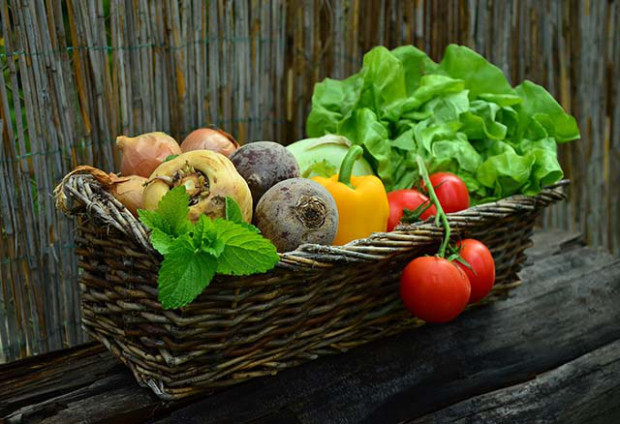One of the harder lessons to learn as a food grower is how to fit what you want, in the space and time you have. Let’s explore a few of those variables today and discuss some of the reasons to choose a particular variety over another.
I know I’ve mentioned this one before, Know your space. Know how much room you have to work with, know where the sun and shade are. Match the crops you plant to those conditions. If you have a bit of shade, don’t plant heat lovers like tomatoes or peppers there. How do you know if something likes sun or shade? Look on the seed packet, or if the seed packet is devoid of useful information, look up the variety name online to find the details. If you only have 5 feet of space before hitting a property line, don’t plant a pumpkin or winter squash that will vine for 13 feet.
Know your grow season. Every place has it’s own growing season. Know the average length of your grow season. In general that’s the last frost date in spring to first frost date in fall. Don’t plant varieties that need longer to reach maturity than you have days in the growing season. It could also be a rain dependant season, so know when your rain falls and how much it falls, and get varieties that can handle that. Know where you can push the season, I love extending my season as far into early spring as possible. I plant my peas and my spinach with the last of the winter snows, the spinach is in a simple DIY cold frame and reached harvest stage this past weekend, a full two weeks before our official last frost date. The peas survived all of the extended winter that we had, none the worse for wear, in spite of the dire predictions of my not-so-pleasant neighbor. “Those peas sure are going to be cold, I always wait till the end of April to plant *my* peas. Blah blah judgemental bullshit” (Sometimes, if you are new to the area, locals can have good advice for what and when to plant, and sometimes they are just doing something that way because it’s the only way they’ve ever done it.) Anyway…. where was I? Oh, extending the season, yea, select good varieties for that if that’s what you are trying to do. Varieties grown in your area by local seed companies are more likely to handle the extremes of your region than varieties grown elsewhere. Or search for varieties that can handle the specific conditions that you are trying to garden around, sometimes you can strike gold with varieties from regions around the globe that share your region’s extremes. I have some kale varieties from Russia that do really well with the Iowa cold, and some tomatoes from that region that do well with our short growing seasons.
Know your goals. Are you looking for good fresh eating vegetables? Or something that’s going to store for 6 months? Those are two different varieties in most cases. For instance I grow one variety of white onion in close plantings for delicious and quick green onions, and a variety of yellow onion for full sized storage onions.
Picking the right varieties to grow can mean the difference between a wasted season of effort and an overflowing pantry.
Anyone looking for a certain variety? Anyone with a great variety that more people should be planting?







I dont have skills in gardening but this blog have helped me acquire tips for gardening. Such a good post!